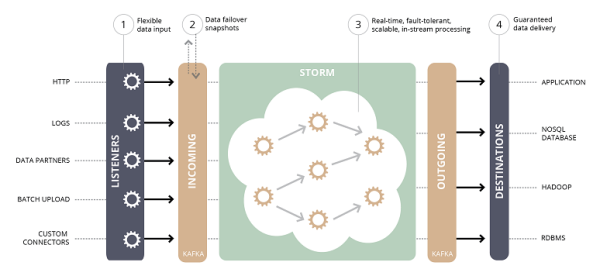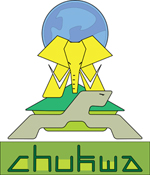Patterns of information use and exchange: case studies of researchers in the life sciences
From the post:
A report of research patterns in life sciences revealing that researcher practices diverge from policies promoted by funders and information service providers
This report by the RIN and the British Library provides a unique insight into how information is used by researchers across life sciences. Undertaken by the University of Edinburgh’s Institute for the Study of Science, Technology and Innovation, and the UK Digital Curation Centre and the University of Edinburgh?s Information Services, the report concludes that one-size-fits-all information and data sharing policies are not achieving scientifically productive and cost-efficient information use in life sciences.
The report was developed using an innovative approach to capture the day-to-day patterns of information use in seven research teams from a wide range of disciplines, from botany to clinical neuroscience. The study undertaken over 11 months and involving 56 participants found that there is a significant gap between how researchers behave and the policies and strategies of funders and service providers. This suggests that the attempts to implement such strategies have had only a limited impact. Key findings from the report include:
- Researchers use informal and trusted sources of advice from colleagues, rather than institutional service teams, to help identify information sources and resources
- The use of social networking tools for scientific research purposes is far more limited than expected
- Data and information sharing activities are mainly driven by needs and benefits perceived as most important by life scientists rather than top-down policies and strategies
- There are marked differences in the patterns of information use and exchange between research groups active in different areas of the life sciences, reinforcing the need to avoid standardised policy approaches
- Patterns of information use and exchange – report
- Patterns of information use and exchange – briefing
- Patterns of information use and exchange – annex
Not the most recent research in the area but a good reminder that users do as users do, not as system/software/ontology architects would have them do.
What approach does your software take?
Does it make users perform their tasks the “right” way?
Or does it help users do their tasks “their” way?






